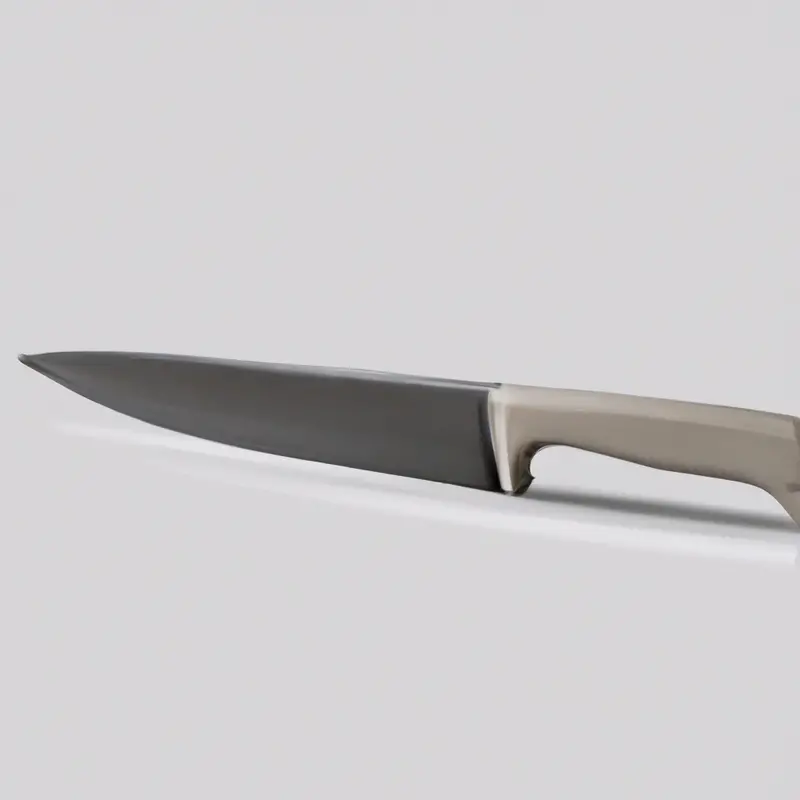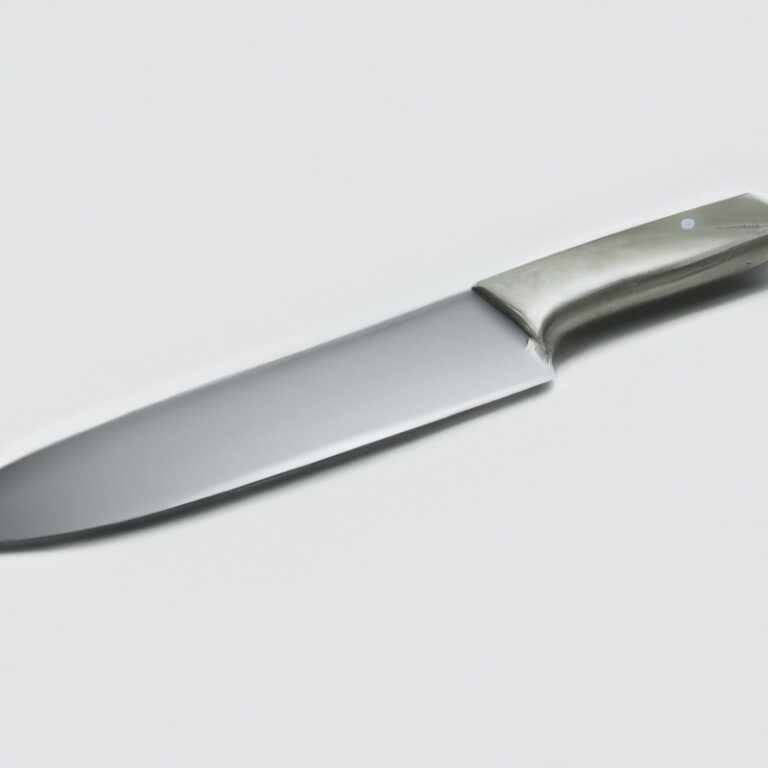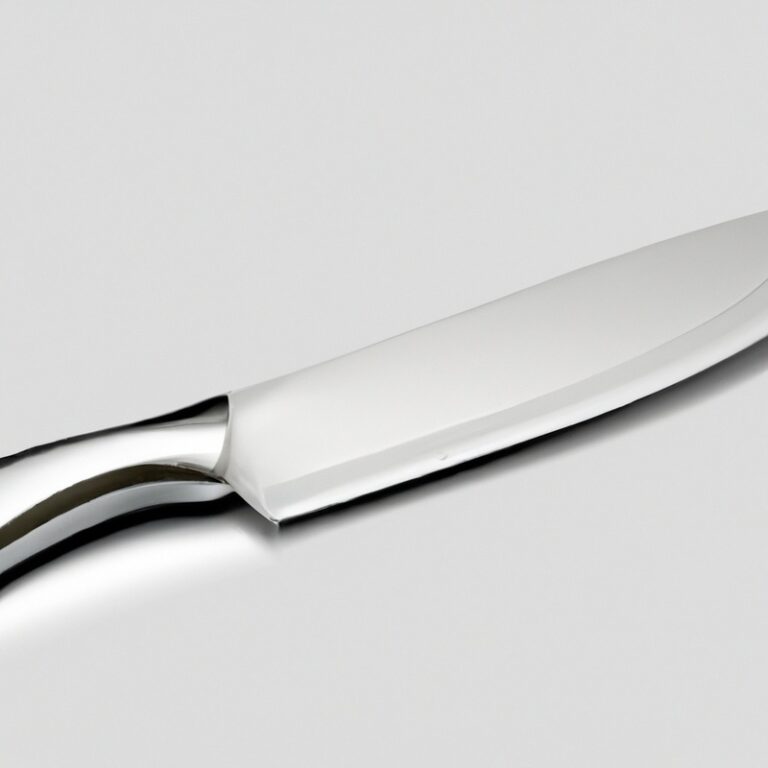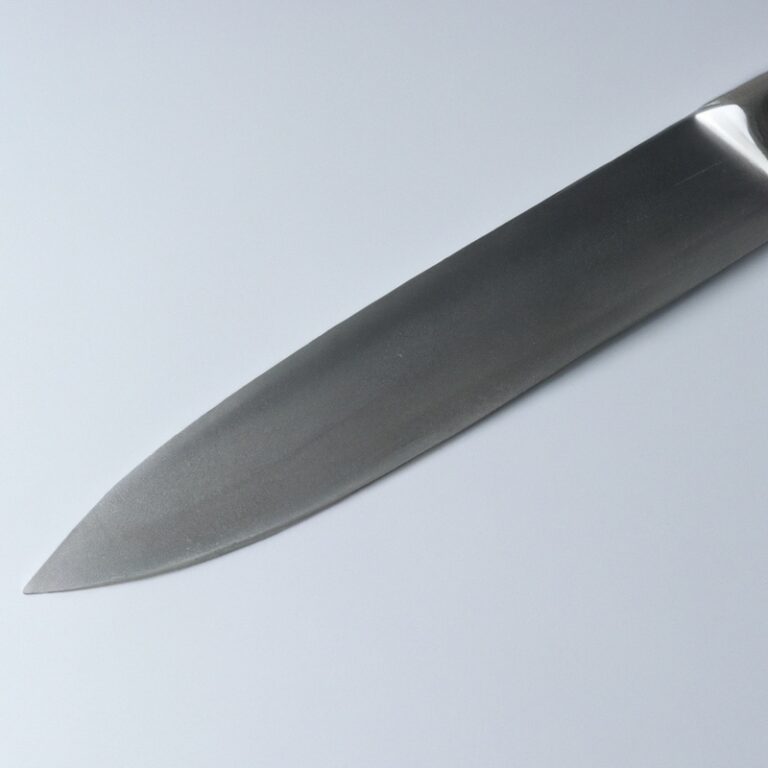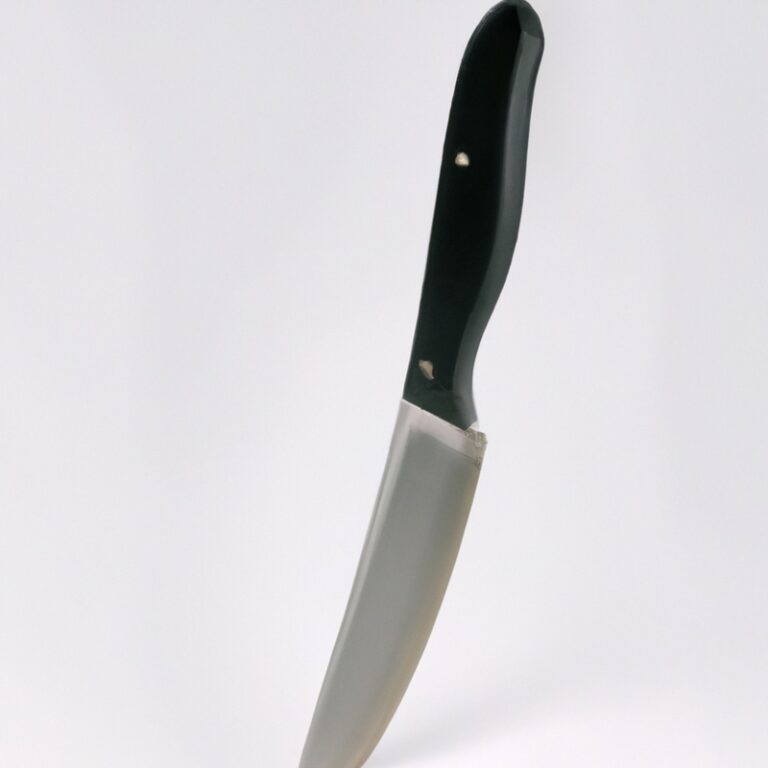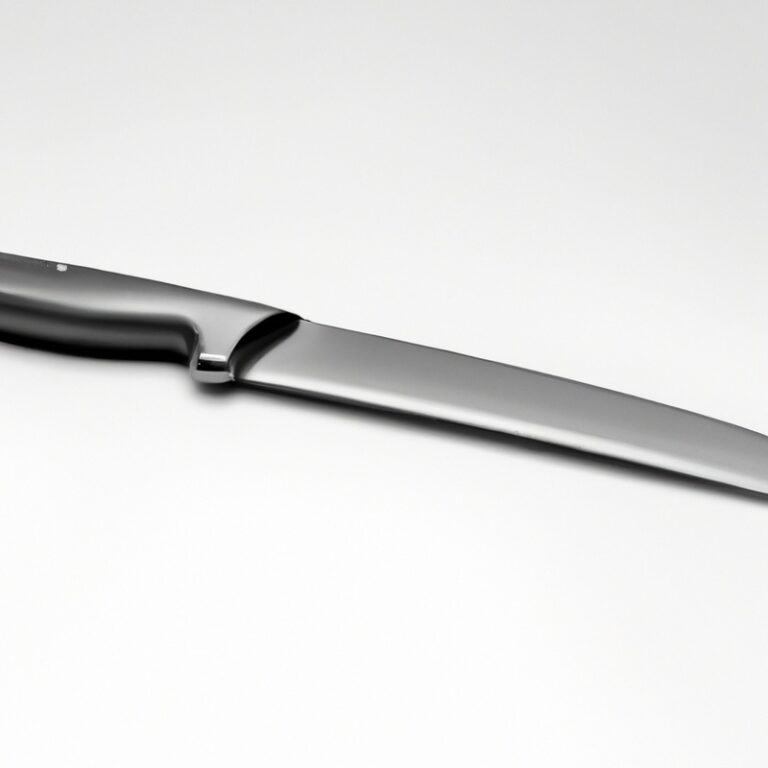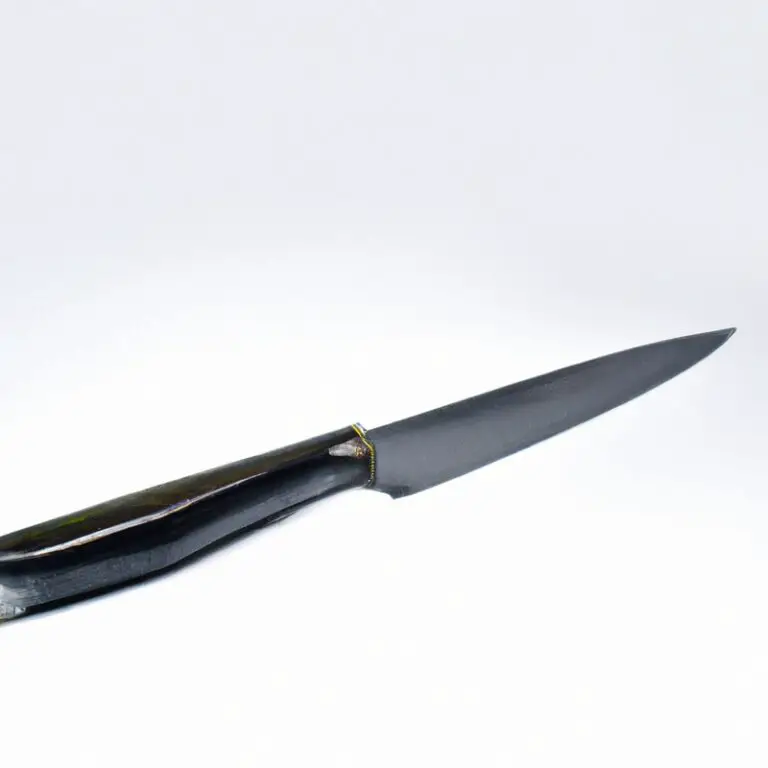What Are The Advantages Of Using a Ceramic Blade For Utility Knives?
Key Takeaways:
- Ceramic blades offer exceptional sharpness and retain their edge much longer than traditional steel blades.
- Ceramic blades are extremely lightweight and reduce fatigue during prolonged use.
- Ceramic blades are non-reactive, making them resistant to rust and corrosion.
- Ceramic blades are non-magnetic and do not interfere with electronic devices.
Imagine having a utility knife that not only provides superior sharpness but also offers enhanced safety features.
Sounds impressive, right?
Well, that’s exactly what you get with a ceramic blade.
As an expert on this topic, I’m here to guide you through the advantages of using ceramic blades for utility knives.
From their superior sharpness and durability to their non-reactive properties and antibacterial benefits, ceramic blades are a game-changer.
Not only that, but they also offer enhanced safety features, such as being non-conductive and reducing blade slippage.
And let’s not forget about their versatility and functionality, making them compatible with various materials.
Plus, they’re cost-effective, thanks to their long-lasting performance and reduced frequency of blade replacements.
Get ready to revolutionize your cutting experience!
| Advantages of Ceramic Blade for Utility Knives |
| Cuts with great precision |
| Retains sharpness for a longer time |
| Lightweight and easy to handle |
| Non-reactive, won’t transfer flavors or odors |
| Resistant to rust and corrosion |
| No metallic taste or discoloration on food |
| No need for frequent sharpening |
Advantages of Ceramic Blades
Superior Sharpness
Ceramic blades offer superior sharpness compared to traditional steel blades.
The manufacturing process allows for an incredibly fine edge, resulting in precise and clean cuts.
This sharpness is maintained for a longer period of time, reducing the need for frequent sharpening.
Ceramic blades also resist dulling caused by contact with harder materials, ensuring consistent sharpness.
So, whether you’re slicing through paper, cardboard, or fabric, a ceramic blade will provide exceptional cutting performance.
And the best part?
You don’t have to worry about replacing the blade as often due to its long-lasting sharpness.
Durability
Ceramic blades are highly durable. They have a long lifespan and can withstand heavy use without losing their sharpness.
Unlike traditional metal blades, ceramic does not rust or corrode, making it ideal for use in humid or wet environments.
Additionally, ceramic blades are resistant to wear and tear, meaning they do not need to be sharpened as frequently as metal blades. Overall, their durability ensures that ceramic blades will last longer and provide consistent cutting performance.
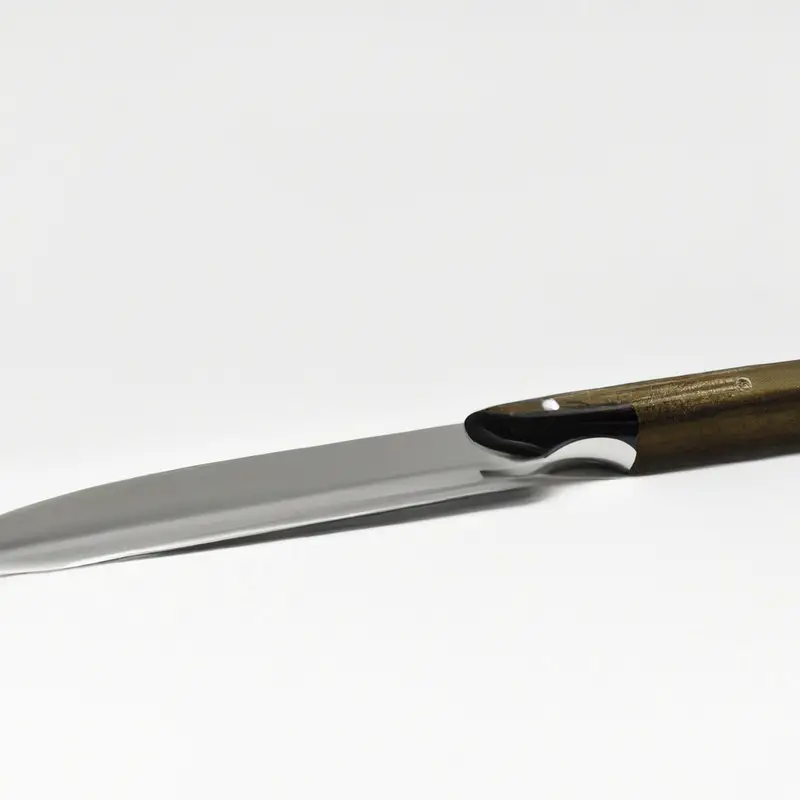
Non-reactive and antibacterial properties
Ceramic blades offer non-reactive and antibacterial properties that make them an excellent choice for utility knives. The ceramic material does not react with acidic or alkaline substances, ensuring that the taste and smell of food are not altered.
Additionally, the antibacterial properties of ceramic help prevent the growth of harmful bacteria, ensuring a hygienic cutting experience.
This makes ceramic blades ideal for cutting food, especially fruits, vegetables, and meat. With ceramic blades, you can enjoy the benefits of a clean and safe cutting tool.
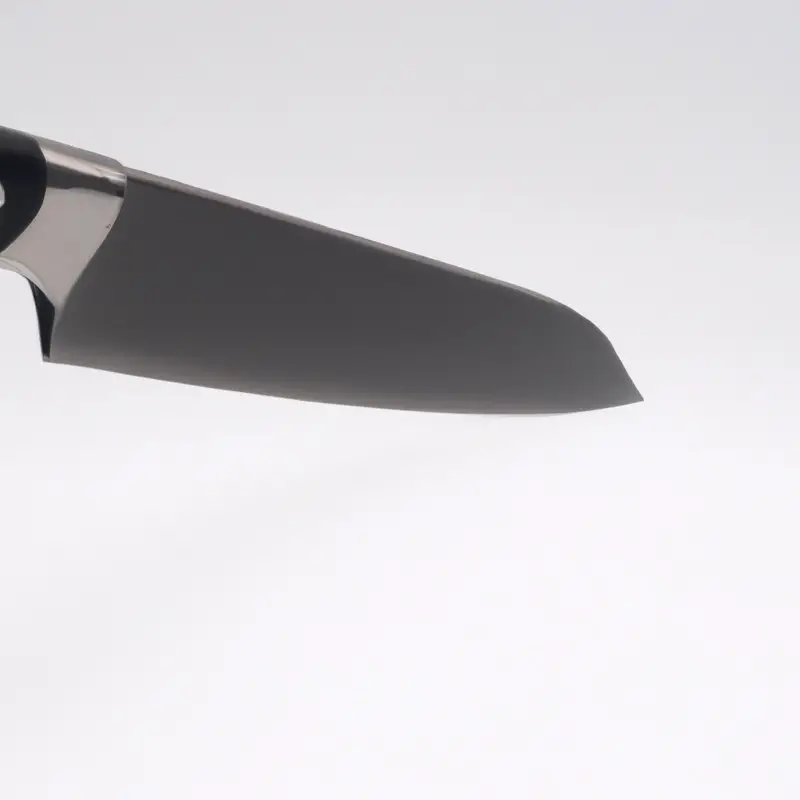
Enhanced Safety Features
Non-conductive material
One of the advantages of using a ceramic blade for utility knives is that it is made of a non-conductive material. This means that it does not conduct electricity, reducing the risk of electrical shock or damage when working with electrical wires or circuits.
Additionally, ceramic blades are also non-magnetic, making them a safe choice when working around magnetic fields.
This non-conductive property provides an added layer of safety, particularly for professionals in industries such as electrical work or electronics.
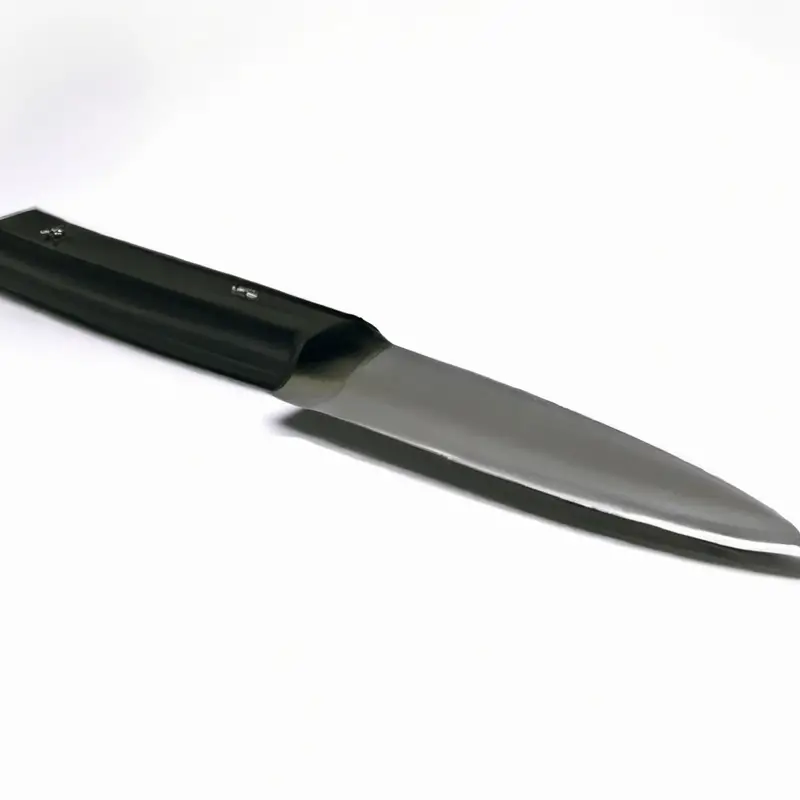
Reduced blade slippage
Reduced blade slippage is one of the significant advantages of using a ceramic blade for utility knives. The hardness of ceramic makes it resistant to sliding along the material being cut, providing better control and precision during cutting tasks.
This reduced slippage helps to prevent accidents and injuries that may occur due to the blade slipping unexpectedly.
As a result, using a ceramic blade promotes a safer cutting experience and allows for more efficient and accurate cuts.
Lightweight and easy to handle
Ceramic blades for utility knives have the advantage of being lightweight and easy to handle.
This makes them an ideal choice for tasks that require precision and control.
The lightweight nature of ceramic blades reduces strain on your hand and wrist, allowing for comfortable and extended use.
Additionally, their easy handling makes them suitable for individuals with limited hand strength or dexterity.
With a ceramic blade, you can effortlessly maneuver through various materials without compromising on efficiency or safety.
Versatility and Functionality
Versatile cutting capabilities
One of the major advantages of using a ceramic blade for utility knives is its versatile cutting capabilities.
Ceramic blades are incredibly sharp and can easily slice through a variety of materials, including fruits, vegetables, meat, and even delicate foods like tomatoes and bread.
They also excel at cutting softer materials like paper and cardboard.
The sharpness and precision of ceramic blades ensure clean and smooth cuts, making them ideal for various cutting tasks in the kitchen, workshop, or any other setting where a utility knife is needed.
Minimal blade maintenance
Maintaining the blades of utility knives can be a hassle, but with ceramic blades, you can enjoy minimal blade maintenance.
Ceramic blades are known for their exceptional hardness and resistance to corrosion, making them less prone to dulling or rusting.
Unlike traditional steel blades, ceramic blades do not require frequent sharpening or oiling.
They also do not absorb odors, making it easier to clean and maintain their sharpness.
With minimal blade maintenance, you can save time and effort while still enjoying the superior cutting performance of ceramic blades.
Compatibility with various materials
Ceramic blades are highly compatible with various materials, making them a versatile option for utility knives.
Whether you’re cutting fruits, vegetables, meat, or even delicate materials like paper or cardboard, ceramic blades can handle the task effectively.
The hardness of ceramic ensures precise and clean cuts, while its non-reactive nature prevents any transfer of flavors or odors.
Additionally, ceramic blades are resistant to rust, corrosion, and staining, making them suitable for use in wet or humid conditions.
With a ceramic blade, you can confidently tackle a wide range of materials without compromising on performance.
Cost-effectiveness
Long-lasting blade performance
Ceramic blades offer long-lasting performance, making them an excellent choice for utility knives. The dense and durable nature of ceramic materials allows the blade to stay sharp for an extended period, reducing the need for frequent replacements.
Unlike traditional steel blades that can lose their sharpness over time, ceramic blades maintain their cutting edge for much longer.
This means you can rely on a ceramic blade to consistently deliver precise cuts and smooth slicing, saving you time and money in the long run.
Reduced frequency of blade replacements
One advantage of using a ceramic blade for utility knives is the reduced frequency of blade replacements. Ceramic blades are known for their exceptional durability and long-lasting performance.
Unlike traditional blades, ceramic blades maintain their sharpness for a much longer period of time, reducing the need for frequent replacements.
This not only saves you money in the long run, but it also ensures that you always have a reliable and efficient cutting tool at hand. With a ceramic blade, you can enjoy extended use without compromising on cutting effectiveness.
Final Verdict
I firmly believe that ceramic blades offer numerous advantages for utility knives. Their superior sharpness ensures precise and clean cuts, while their durability allows for long-lasting performance.
The non-reactive and antibacterial properties make them a safe choice in food preparation.
Additionally, ceramic blades provide enhanced safety features, such as being non-conductive and reducing blade slippage. Their lightweight and easy handling further add to their appeal.
The versatility and functionality of ceramic blades make them suitable for various cutting tasks, requiring minimal maintenance.
Finally, their cost-effectiveness stems from their long-lasting performance and reduced blade replacement frequency. Overall, incorporating ceramic blades into utility knives is a wise choice for a reliable and efficient cutting experience.

